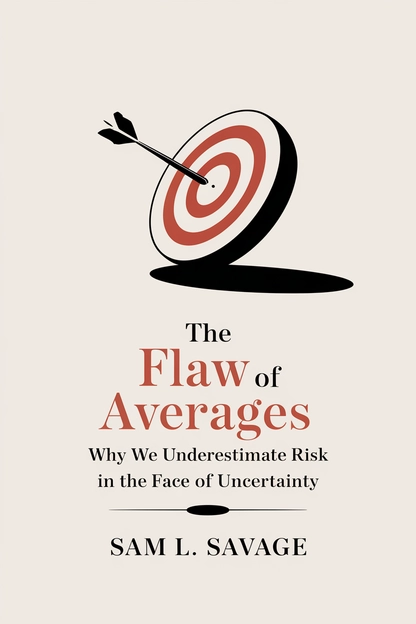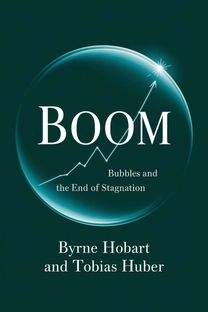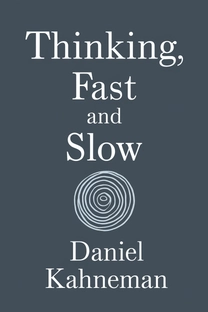
The Flaw of Averages
Why We Underestimate Risk in the Face of Uncertainty
by Sam L. Savage
Brief overview
This book explains how using single average values to plan for uncertain events can lead to significant errors and overlooked risks. It introduces practical methods to handle uncertainty more effectively, helping readers see why traditional thinking often falls short and how new tools and perspectives can offer better outcomes.
Introduction: Why Uncertainty Matters
Uncertain events shape almost every plan we make, from personal decisions to major corporate strategies. Yet many people routinely rely on a single, average assumption to guide them. This tendency to collapse uncertainty into a single figure is tempting, but it severely distorts reality.
The book opens by showing how decisions based on averages fail us in everything from project scheduling to marketing forecasts. A vivid example is when a plan might say that “demand will be 100,000 units,” ignoring the idea that demand could fall short—or far exceed—that figure.
Although uncertainty makes life more complicated, it can be managed. By identifying key risks and clarifying the full range of outcomes, we can build more informed strategies. The key is acknowledging that single numbers hide more than they reveal.
The Flaw of Averages Explained
The Flaw of Averages states that plans based on average assumptions are wrong on average. In short, you cannot just plug a single number into a model and expect an accurate forecast of profits or timelines. Real life has probabilities that fluctuate around that average.
Project managers might point to a six-month average completion time, but if any part of the project takes longer, the entire schedule slips. Similarly, if demand varies around 100,000 units, both excess production and unmet demand will incur unexpected costs.
The author’s humorous example involves a statistician who drowns in a river that is on average only three feet deep. This illustrates how average can hide extreme situations or tail risks that can be catastrophic if overlooked.
What is The Flaw of Averages about?
The Flaw of Averages: Why We Underestimate Risk in the Face of Uncertainty, authored by Sam L. Savage, delves into the pervasive error of relying on averages in decision-making processes. The book illustrates the pitfalls of simplifying complex uncertainties into singular averages. By shedding light on the significant disparities between perceived and actual risks, Savage challenges conventional mindsets that often lead to costly miscalculations.
Across its rich narrative, the book provides readers with a toolkit for breaking down complexities into manageable insights, presenting strategies for visualizing and computing various uncertainties. The text crosses disciplines, from finance to public policy, offering practical advice on adopting a probabilistic worldview. By sharing methods like probability management and risk analysis simulations, Savage equips readers to make robust, informed decisions even amid uncertainty.
Through real-life examples and scientific insights, The Flaw of Averages urges readers to rethink risk assessment methodologies, emphasizing the necessity of understanding probability distributions in a world where stakes are high. Its approach is transformative, empowering readers to confront risks with confidence and foresight, elevating decision-making to a new standard.
Review of The Flaw of Averages
In The Flaw of Averages, Sam L. Savage expertly unfolds the paradox of averages, inviting readers to scrutinize how over-simplified averages distort real-world outcomes. Its fundamental strength lies in clearly highlighting how this flaw impacts business predictions, personal choices, and broader policy decisions. With a knack for storytelling, Savage links theoretical concepts to tangible examples, making the narrative accessible without sacrificing depth.
One of the book's most significant contributions is its compendium of practical tools and techniques to manage uncertainties. Readers are led towards adopting broader probabilistic views, rethinking traditional approaches to forecasting and planning. By employing interactive simulations and scenario libraries, Savage offers actionable insights that can be readily integrated into financial strategies or operational frameworks.
Savage's prose strikes a balance between expertise and relatability, conveying complex information in easy-to-understand language. This makes it a must-read not only for finance professionals and business leaders but also for individuals seeking to understand risk better. The text resonates with professionals across various domains, nudging them towards informed decision-making. The book concludes with a compelling recommendation: to embrace the uncertain as it truly is, thus avoiding the entrapments of average-based planning.
Who should read The Flaw of Averages?
- Business Leaders: Gain insights on building risk-resilient strategies.
- Financial Analysts: Learn techniques for comprehensive risk assessment.
- Policy Makers: Understand the implications of average-based decisions on public policy.
- Project Managers: Discover tools to foresee and mitigate project risks.
- Decision Scientists: Enhance decision-making frameworks with probabilistic models.
About the author
Book summaries like The Flaw of Averages
Why readers love Mindleap
10-Minute Book Insights
Get the core ideas from the world's best books in just 10 minutes of reading or listening.
Curated For You
Discover your next favorite book with personalized recommendations based on your interests.
AI Book ExpertNew
Chat with our AI to help find the best book for you and your goals.
Reviews of MindLeap
Love how I can get the key ideas from books in just 15 minutes! Perfect for my busy schedule and helps me decide which books to read in full.
Alex R.
The summaries are incredibly well-written and the audio feature is perfect for my commute. Such a time-saver!
Jessica M.
Great app for personal growth. The insights are clear and actionable, and I love how they capture the essence of each book.
Chris P.
The app is beautifully designed and the summaries are top-notch. Definitely worth every penny!
Sarah K.







